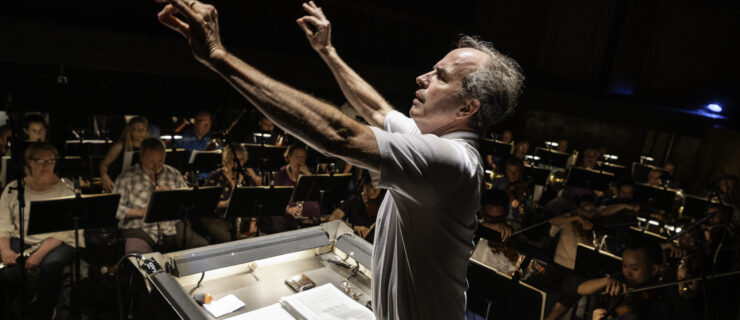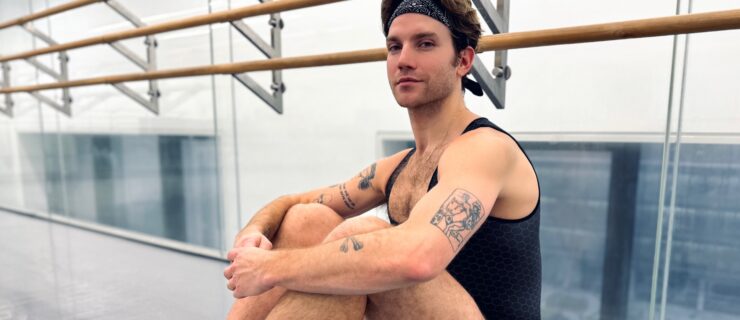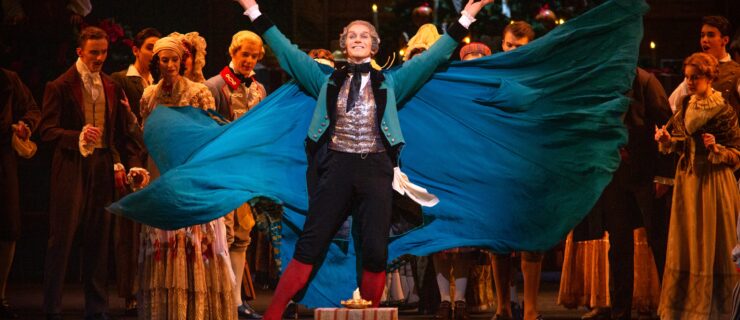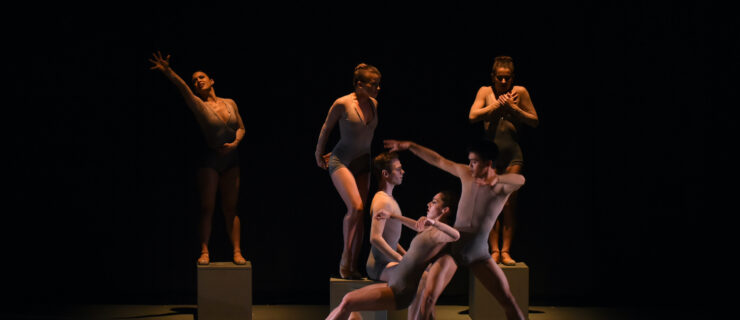All in the Details: How to Break Bad Ballet Habits
There are several technical hurdles that many dancers struggle to overcome, like raised shoulders and floppy wrists. Though they may seem like small details, they can stand between you and your next level—whether that’s entry to a prestigious summer intensive, a top score at a competition or even an apprentice position at a coveted company.
These bad habits aren’t easy to break; even professionals battle them. Sarah Van Patten, for one, admits that her shoulders sneak up when she’s tired, preventing her from fully engaging her back. “I lose that connection and I’m not on top of the movement,” says the San Francisco Ballet principal. “It’s a habit I have to constantly think about.”
Boston Ballet School director Margaret Tracey finds that no matter how often teachers or coaches point out certain issues, dancers frequently have trouble applying the advice. “I can give the same correction over and over again,” she says. “But it’s up to the dancer to make the adjustment.” Sometimes, it takes a new approach to do the trick.
Thinkstock
Raised Shoulders
What happens
: Not only do you lose the look of a long neck, but raised shoulders also make it harder to correctly use your back muscles and core.
Try this:
Strengthen your upper back to develop the muscles necessary to properly support your arms. Marianna Lobanova of the Kirov Academy of Ballet of Washington, DC, suggests this exercise, repeated daily: Lie facedown on the floor with your arms and legs stretched out. Lift your upper body for at least 10 seconds, moving your arms into fifth position overhead and keeping the lower extremities completely still. Repeat at least three times.
Stephanie Wolf Spassoff, director of The Rock School for Dance Education, who has coached dancers including Beckanne Sisk and Michaela DePrince, warns students to watch their posture outside of the studio. “Encourage your friends to tell you when you’re slouching,” she says. It will help train your back to support you even when you’re feeling tired or tense.
Be careful:
Don’t lock your shoulders in place. “When there’s no movement,” Spassoff warns, “you’ve lost your épaulement.”
Thinkstock
Floppy Wrists
What happens
: Your wrists droop when your elbows aren’t supported or lifted.
Try this:
Central Pennsylvania Youth Ballet faculty member Simon Ball suggests using imagery to find a balance of strength and softness. “With your arms in first position, feel like you’re pressing your forearms on a tabletop,” he says. It also helps to think of yourself standing in a shower, with water running down from your shoulders to your elbows, wrists and fingers. “You’re creating that slope but also staying lifted,” says Ball.
Tracey encourages her students to think about their pinky fingers. “It gives energy to the whole hand,” she says. “It’s hard to flop around if you’re constantly thinking about your little finger.”
Be careful:
Don’t combat floppiness with stiffness. Focus on your breath and “support your arms from underneath with energy,” says Spassoff.
Courtesy Dance Magazine
Sickled Feet
What happens
: Sickling, or hooking your foot inward, breaks the line of your leg. It can also lead to injury, like a sprained ankle, especially if you land a jump in a sickled position.
Try this:
You may be over-pointing, or initiating the point with your little toe instead of your big toe. While doing barre work, look at yourself in the mirror from the side and concentrate on the shape of your working foot. Ball also recommends practicing jumps on a Pilates reformer to help realign your feet and ankles. Think about lengthening your toes in the air and landing evenly on the jumping board.
Be careful:
Though you may be concentrating on how big positions look, don’t forget about the transitional steps—they’re common places for error. Pay special attention when closing into fifth position from tendu front, says Van Patten. “Bring the big toes back so you can train the correct muscles.”
Courtesy Dance Magazine
Bent Knee in Arabesque
What happens:
By not fully extending your knee in arabesque, you risk shortening your line and not developing the control necessary to improve the position.
Try this:
Work on your flexibility and strength. Van Patten takes Gyrotonic classes four times per week and repeats adagio combinations more than once in class. “When I bend my knee, it’s usually because I’m striving for a position that I don’t have the ability to achieve,” she says. “Find the position within your capacity first, and then build on that.” Thrusting your leg up will not help. Once you master a low arabesque with a straight knee, you can try lifting it higher in each class. “Only correct work will help you improve,” warns Lobanova.
Be careful:
Don’t fudge the position by winging your back foot. “Instead of just straightening your knee, think of a line of energy extending beyond your toes and reaching a wall,” says Ball. “That will help you feel the right sensation.”





